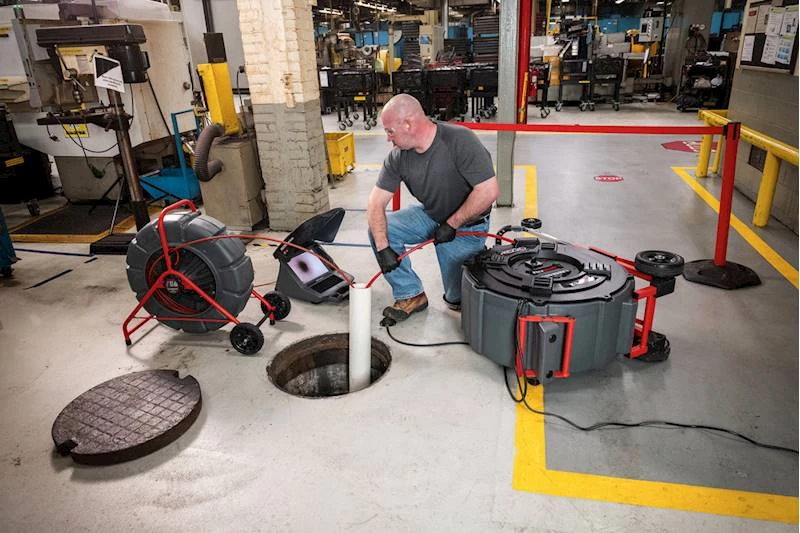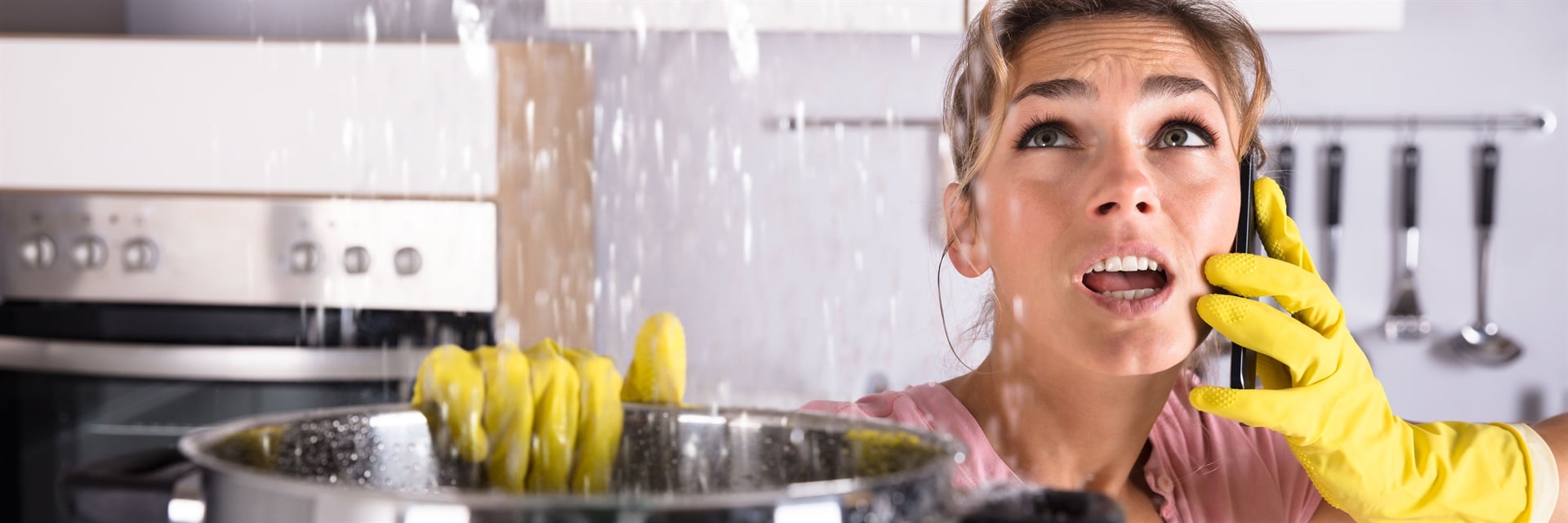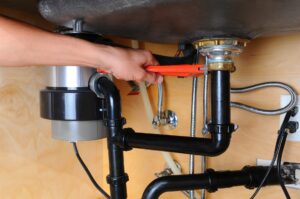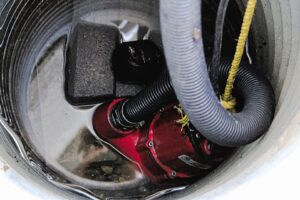As the winter season comes to an end and the snow begins to melt away, homeowners must prepare for potential plumbing issues that can arise during the spring season. Springtime brings heavy rainfall, which can lead to water damage and flooding. Plumbing issues can become more common as the weather changes, making it crucial that homeowners pay close attention to their plumbing systems. This guide will provide helpful tips and advice on how to prepare for spring plumbing problems.
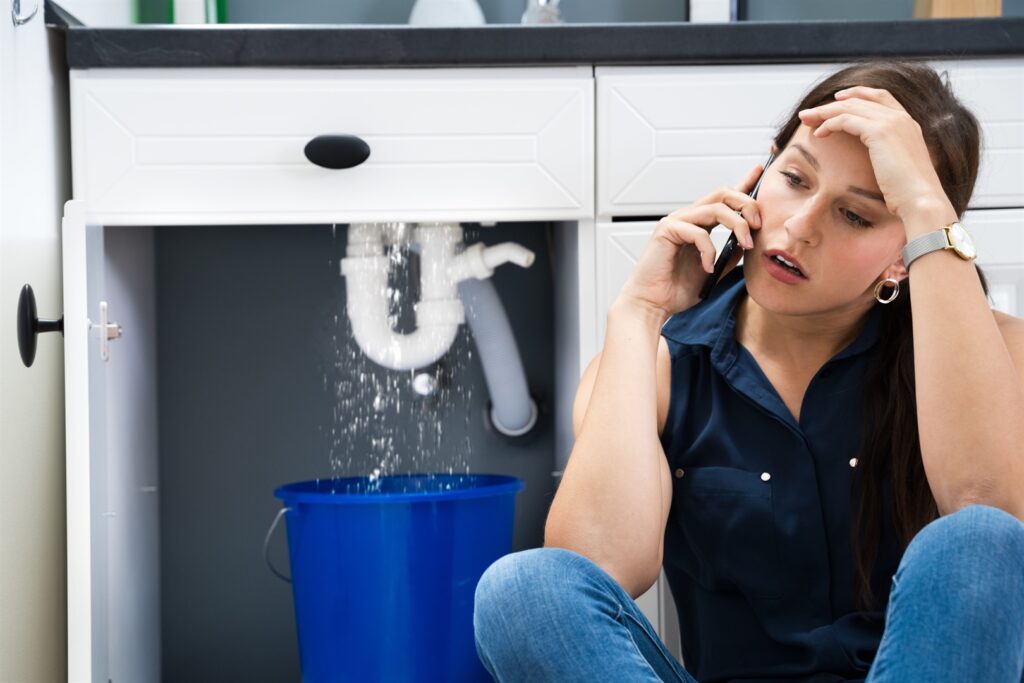
1. Inspect Your Plumbing System
The first step to preparing for spring plumbing issues is to inspect your plumbing system for any signs of damage or wear and tear. Winter weather can cause pipes to freeze and crack, which can lead to leaks and water damage. Check for any visible signs of damage, such as cracks or leaks in your pipes or around your faucets. You should also check for any unusual smells or sounds coming from your plumbing system, as these could be signs of a problem.
If you notice any issues during your inspection, it is essential to address them immediately. Ignoring plumbing issues can lead to more significant problems and costly repairs down the line. Contact a licensed plumber to address any problems you may have noticed during your inspection.
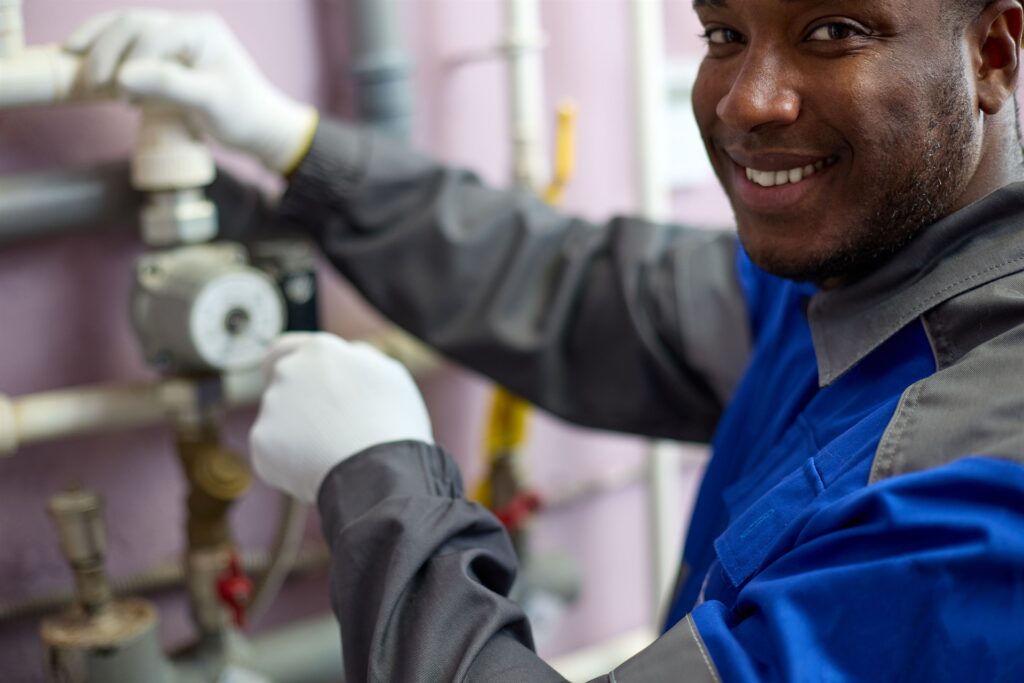
2. Proper Insulation
Another critical step to take when preparing for spring plumbing issues is to ensure that your plumbing system is properly insulated. Proper insulation can help prevent your pipes from freezing and bursting during the cold winter months. Insulation also helps to keep your water at a consistent temperature, reducing the risk of any potential damage.
If you are unsure if your pipes are adequately insulated, consider hiring a professional plumber to perform an inspection. They can help you identify any areas that need additional insulation and recommend the best course of action.
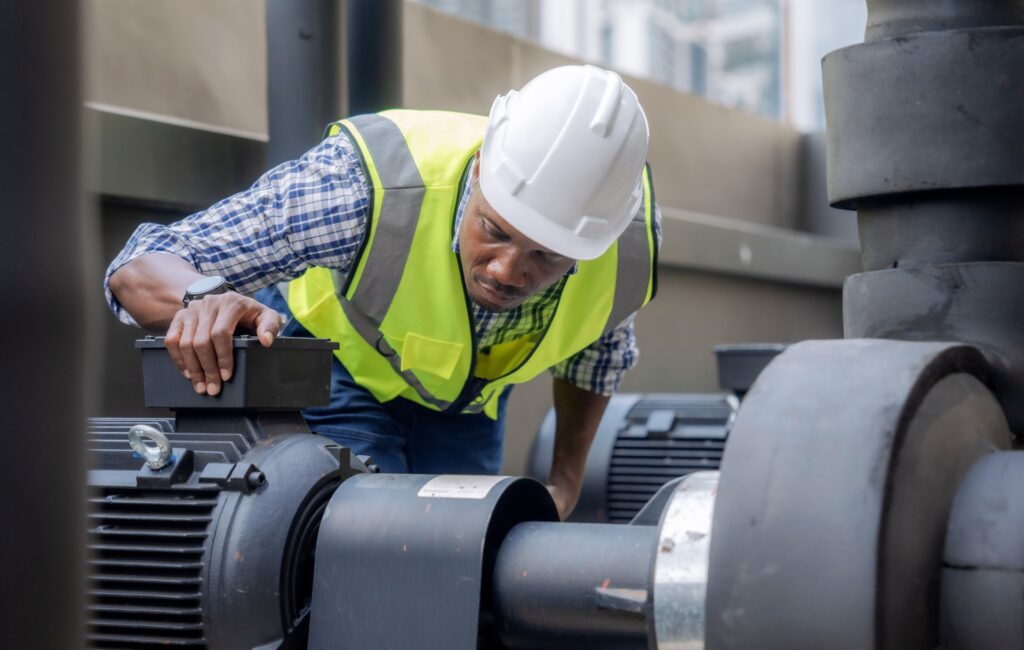
3. Check Your Sump Pump
One of the most important aspects of spring plumbing preparation is to ensure that your sump pump is working correctly. A sump pump helps to remove excess water from your home, preventing water damage and flooding. Springtime often brings heavy rainfall, making a functioning sump pump crucial to protecting your home.
Test your sump pump by pouring water into the sump pit. The pump should turn on and remove the water from the pit. If you notice any issues with your sump pump, contact a licensed plumber to address the problem immediately.
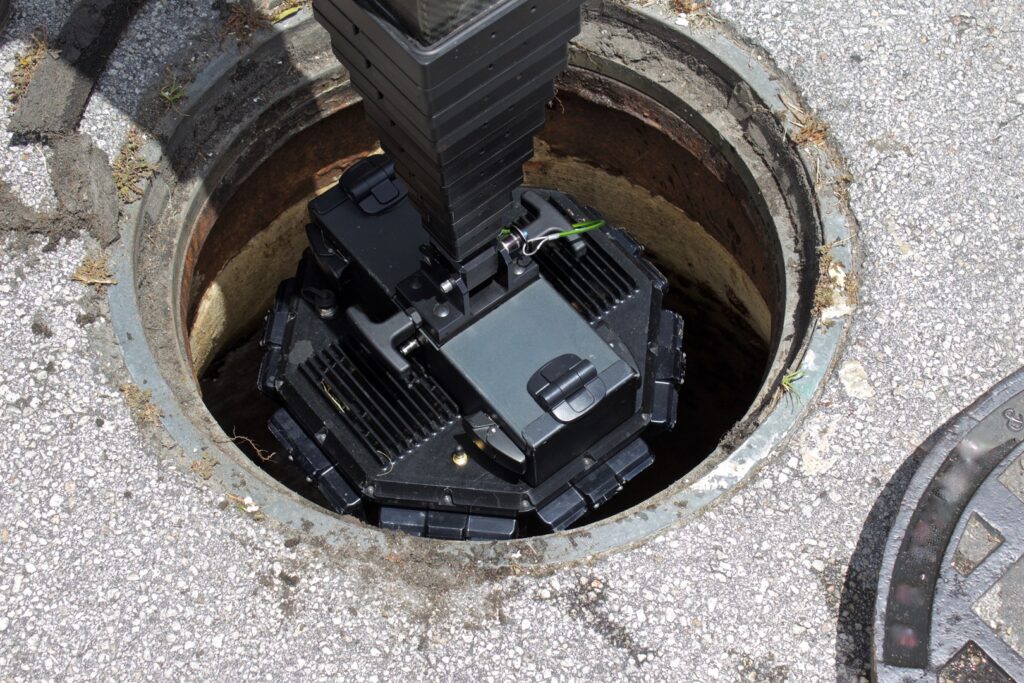
4. Outdoor Plumbing
Spring is a time when many homeowners begin to prepare their outdoor spaces for the upcoming summer months. As you prepare your outdoor plumbing, ensure that all pipes and faucets are free from any cracks or leaks. You should also turn on your outdoor water supply and check for any leaks or problems.
If you notice any issues with your outdoor plumbing, it is essential to fix them immediately. Outdoor plumbing problems can lead to water damage, which can be costly to repair. Contact a licensed plumber to address any problems you may have noticed during your inspection.
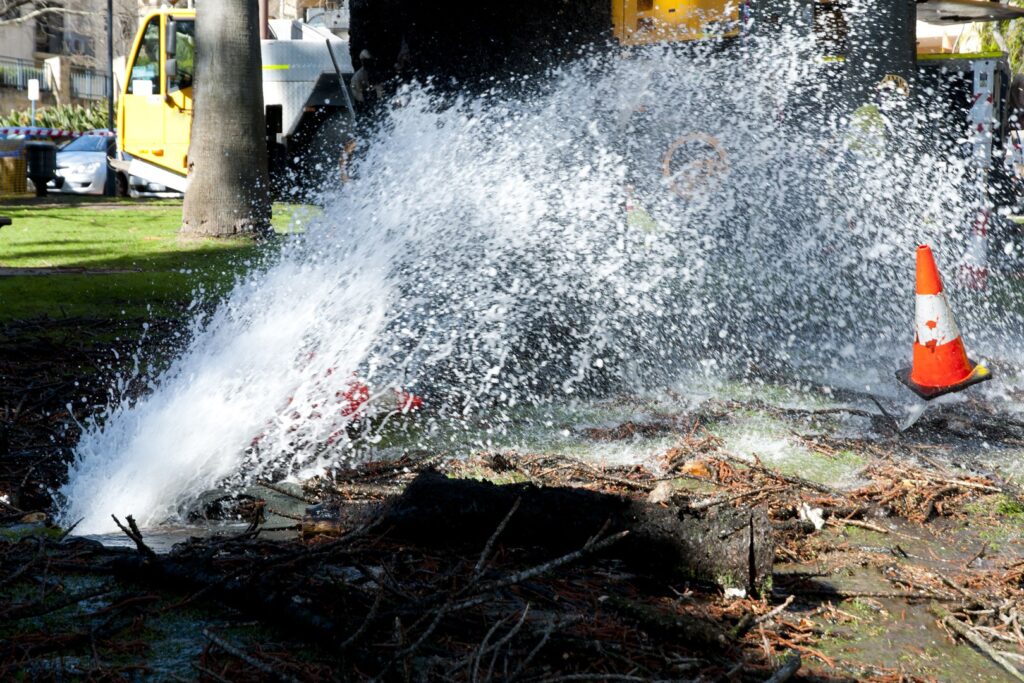
5. Water Heater Maintenance
As you prepare for spring plumbing issues, it is also crucial to perform routine maintenance on your water heater. Sediment can build up in your water heater over time, reducing its efficiency and lifespan. Draining your water heater and removing any sediment can help prolong its life and improve its efficiency.
Additionally, consider lowering the temperature on your water heater during the spring and summer months. This will reduce your energy consumption and save you money on your utility bills.
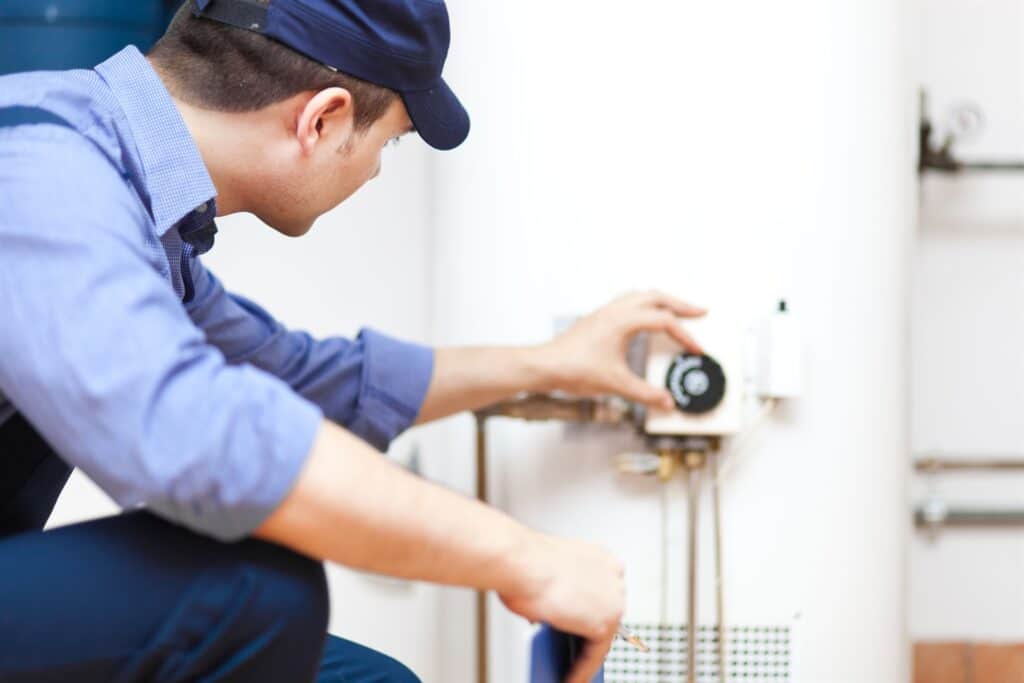
Conclusion
Spring is a time of renewal and growth, but it can also bring potential plumbing issues. By following these tips and preparing your plumbing system for spring, you can prevent costly repairs and water damage. Remember to inspect your plumbing system, ensure proper insulation, check your sump pump, maintain your outdoor plumbing, and perform routine water heater maintenance. With proper preparation, you can enjoy the spring season without worrying about plumbing problems.




